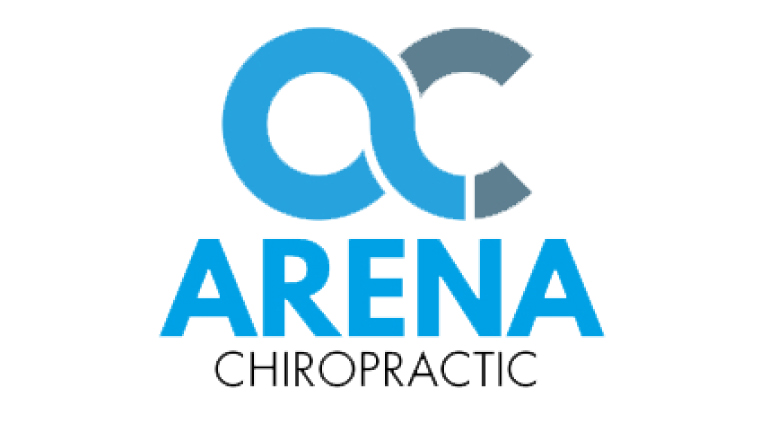In the field of statistics, a five-point rating scale is commonly used to evaluate all sorts of personal responses, feelings, and assessments. This frequently used tool is known as the Likert scale, and most people have completed such a rating device on numerous occasions, most typically in consumer after-sales surveys. The Likert scale asks a person to respond to a statement such as “I would recommend this restaurant to my friends”, choosing from the predetermined answers of “strongly disagree,” “disagree,” “neither agree nor disagree,” “agree,” and “strongly agree.” The Likert scale was developed in 1932 and has been consistently validated over many decades of use. We can effectively apply this rating system to our own state of health by answering the statement, “I enjoy high levels of health and well-being.” We can than employ our truthful answers to make sound decisions on our own behalf regarding future health-promoting activities.
If your truthful response is “strongly agree,” you probably have been engaged for a year or more in a regular, vigorous exercise program and consistently follow a nutritional healthy eating plan. You do at least 30 minutes of vigorous exercise five times a week, on most weeks. You are probably at or very near your target body weight (based on a calculation of your body mass index, readily done at numerous online resources) and consume an appropriate amount of calories on a daily basis. Overall, you feel fit. You sleep well and wake up refreshed. You have abundant energy to do all the things you need to do for yourself and your family, every day.
At the other end of the Likert rating system, if your truthful response is “strongly disagree,” you probably haven’t done any form of exercise for some time. Of course, such a circumstance might be the result of a serious illness. But if your lack of engagement in regular exercise and healthy eating is related to apathy or some other form of ennui, or in itself is a personal choice, it’s useful to consider the consequences of such inaction. Or, rather, it could be personally beneficial to consider the value in taking on new habits that result in your becoming a person who responds “strongly agree” to the statement, “I am healthy and well.”
How do you get to “strongly agree”? The solution is three-fold. The first part is to make a choice that you want to enjoy high levels of health and well-being. No one is ever going to make such a commitment because someone else told him or her they should, no matter whether that someone is a spouse, other family member, or a physician. The decision must be a personal choice. The second and third components are to begin an exercise program1 and a healthy eating plan2,3. Exercise needs to be vigorous (“vigorous” is relative, based on your age, overall health status, and other considerations) and done five times per week. Healthy eating encompasses a wide range of selections and options. One of the key elements is to consume at least five servings of fresh fruits and vegetable every day.
The good news is that every person who begins and stays with such a course of healthy living will soon reap the benefits. And not too long after that, you’ll find you’ve become a person who sleeps better, has more energy, and has, day by day, more fun in living. This is what healthy eating and exercise is really all about.
1 Chilton WL, et al: Acute Exercise Leads to Regulation of Telomere-Associated Genes and MicroRNA Expression in Immune Cells. PLoS One 2014 Apr 21;9(4):e92088. doi: 10.1371/journal.pone.0092088. eCollection 2014
2 Michas G, et al: Dietary fats and cardiovascular disease: Putting together the pieces of a complicated puzzle. Atherosclerosis 2014 Mar 27;234(2):320-328. doi: 10.1016/j.atherosclerosis.2014.03.013. [Epub ahead of print]
3 Yoon U, et al: Efficacy of lifestyle interventions in reducing diabetes incidence in patients with impaired glucose tolerance: a systematic review of randomized controlled trials. Metabolism 62(2):303-314, 2013




